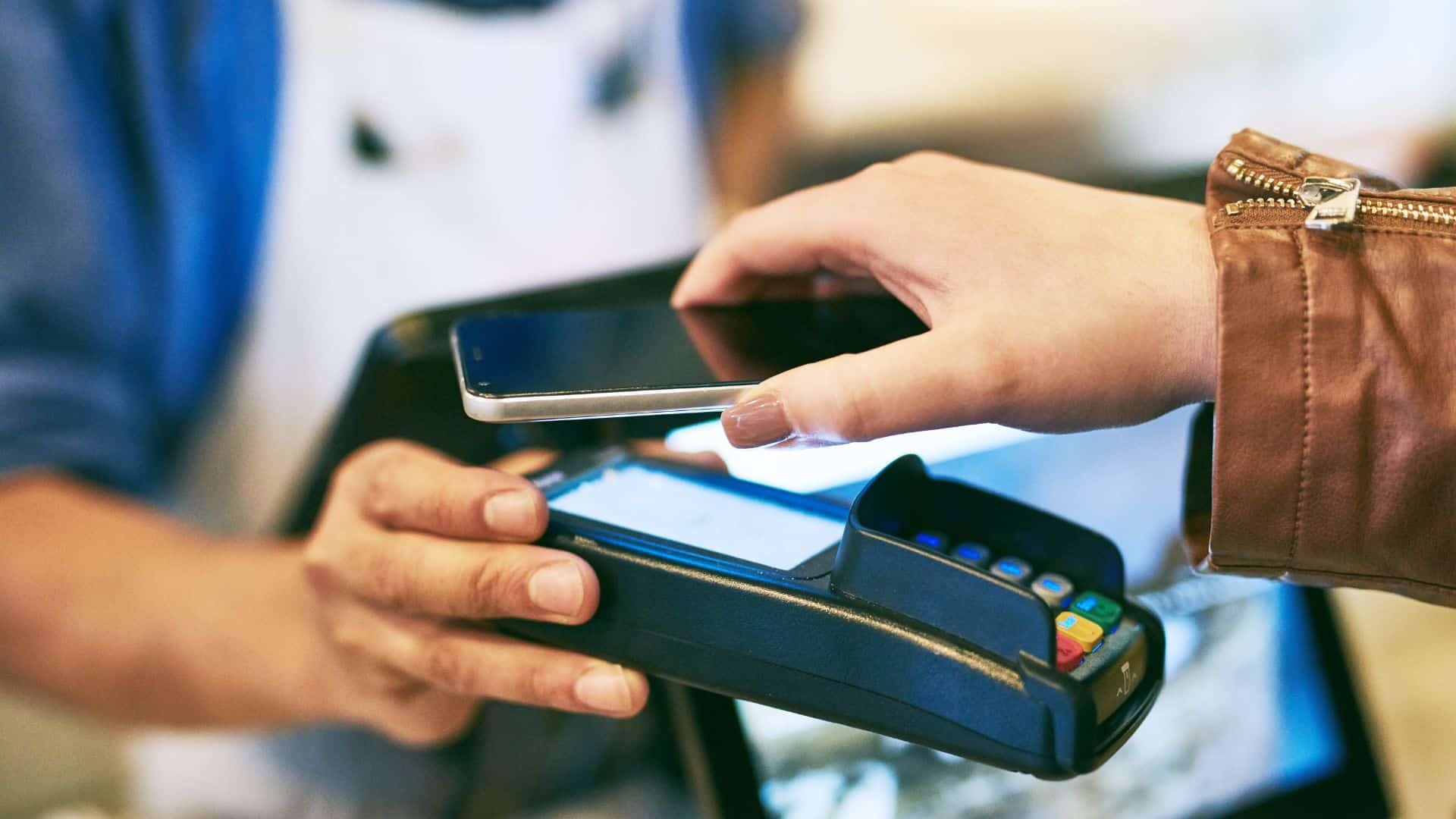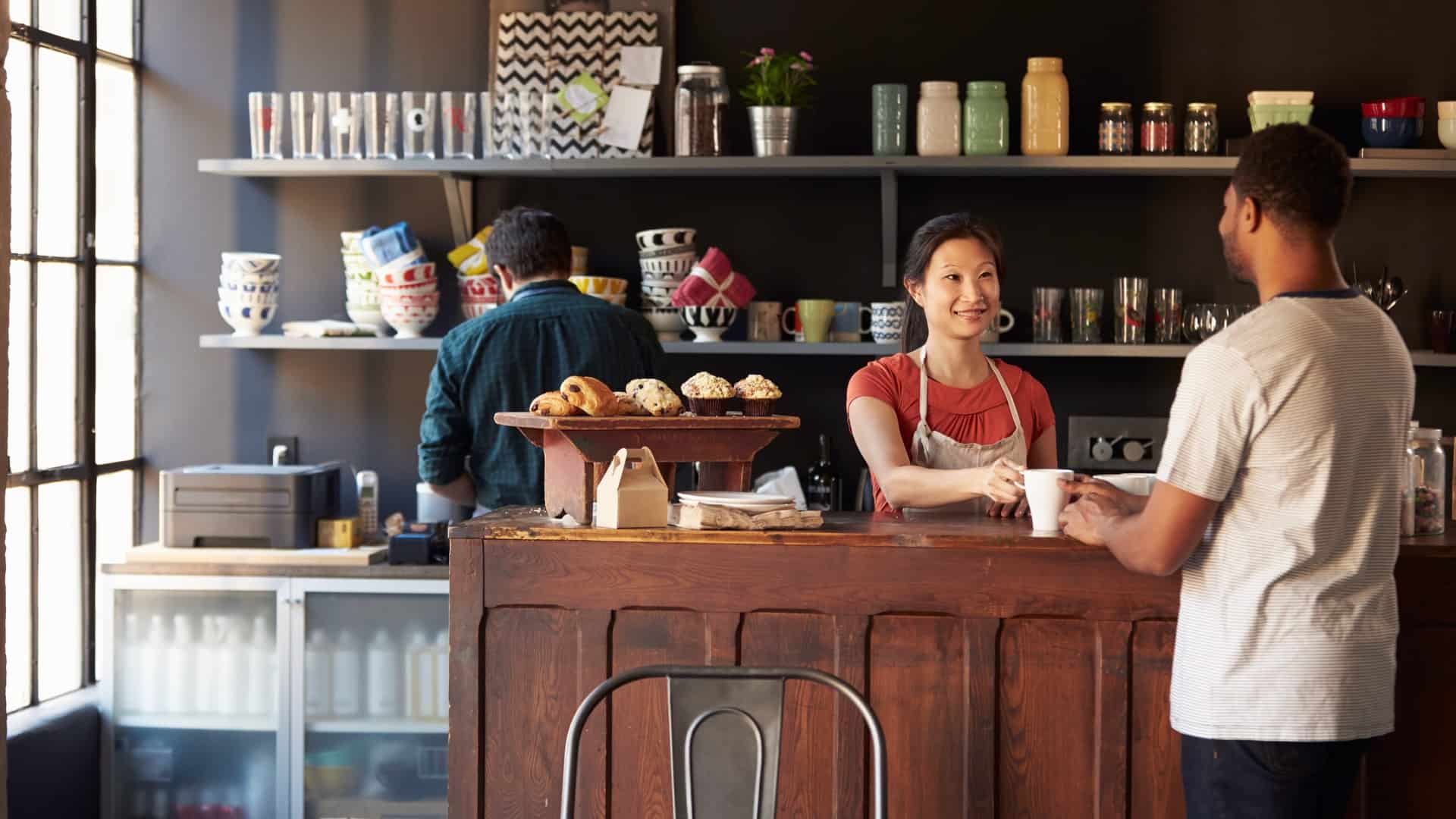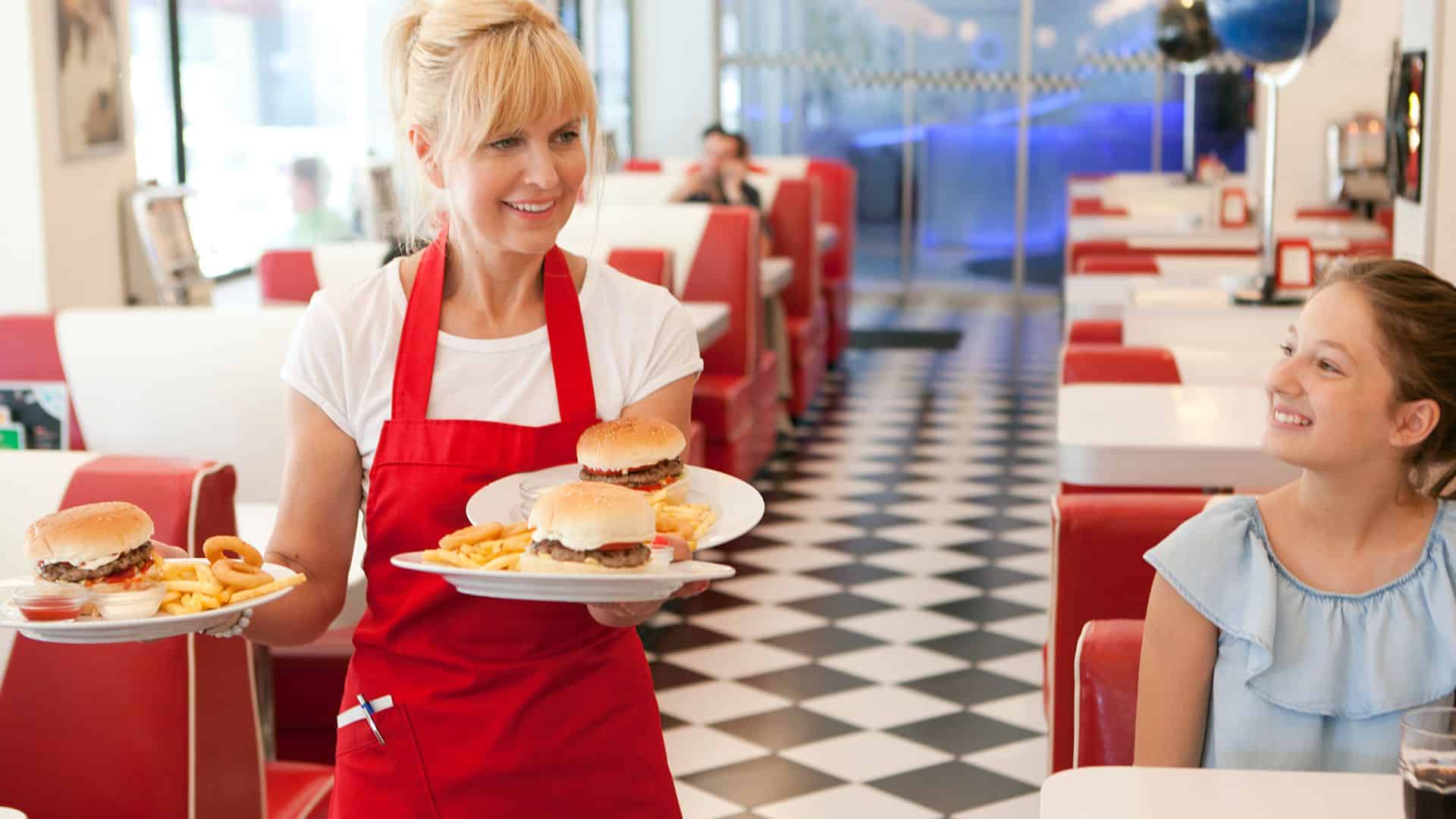The History Of The Tipping Culture In The US

Americans hand out tips left and right. Tipping has long been a standard practice in the United States, a way to show appreciation for good service. However, in recent years, what was once a simple gesture of gratitude has become an overwhelming expectation, creeping into nearly every transaction. From coffee shops to counter service, and even self-checkout machines, the pressure to tip has spiraled out of control. This shift not only burdens consumers but also raises questions about fair wages and the true cost of services. In this article, we’ll explore how tipping culture in the US reached this tipping point and what it means for both customers and workers.
Tipping was not always an American practice. It originated in Tudor-era Europe, where wealthy aristocrats and royalty gave servants extra money for services as a way of displaying their wealth.
By the time America became a country, foreigners would travel to Europe and complain about having to tip workers. As more Americans came to Europe, the practice of tipping became more widely known.
By the early 19th century, America’s wealthy elite began copying the act of tipping. The trend started with flaunting one’s generosity to those around.
At this point, tips weren’t standardized. They were often just a penny or two extra. A person’s life didn’t depend on tips.
Things got a bit unusual in Europe. Tipping culture there declined, but it remained incredibly popular in the United States. Much of this was related to the Civil War.
The job market was flooded with freed slaves. Whites didn’t want to pay them a living wage. Pullman, a train company, began hiring freed slaves and allowed them to be paid by tips. What slaves took home was based on what tips they allowed.
In other words, it was a way to avoid paying former slaves.

Believe it or not, Americans weren’t always gung-ho about tipping. Several states tried to ban the practice altogether, but they failed. By the 1920s, the practice was basically codified into law.
Laws were passed to allow establishments to pay a lower minimum wage as long as people were expected to tip. Not tipping became a somewhat egregious act of rudeness, even at coffee shops.
By the 1940s, courts deemed that tips were the employees’ to keep. In 1966, the government created a “tip credit” that formally allowed employers to pay sub-minimum wages as long as the tips add up to a minimum wage.
If servers don’t earn the minimum wage, it’s up to restaurants to make up the difference.
By the mid-20th century, America’s tipping culture was fully mainstreamed. It became the most common way for waiters and other servers to make ends meet.
Business owners were not about to allow tipping to die out. After all, it saved them money, incentivizing them to keep the practice alive, even when Europe began to pan it.
There’s a big problem with the institutionalization of tipping: it meant restaurant owners eventually began planning their profit margins around the modern world of tip culture.
With normal inflation, this wouldn’t be an issue. However, wages stagnated, and prices have increased over the past several decades. The current system no longer makes tip culture as sustainable as it once was.

As the cost of living started to skyrocket, restauranteurs realized people were quitting waiting because of the non-existent living wage. So, they pushed the cost of labor onto customers.
This is why you began to see prompts for 20 to 30 percent as the suggested tip amount around the pandemic. A minimum wage salary, or even just working for 15 percent tips, is not enough to live on anymore.
You may also have noticed that bills these days don’t just ask for a tip. Some include “service fees” and automatic minimum gratuities. Underneath these fees, you might see a line for additional tips.
More and more diners are feeling nickel-and-dimed when they go out to eat. Because many of these fees are “surprise” fees or written in small writing on menus, it’s easy to see where people might feel shortchanged.
Other industries are starting to push for tips, too. Food trucks, grocery stores, fast food venues, and even hair salons are starting to put the squeeze on clients for extra payments.
It’s not uncommon to hear people complain about the constant hounding for tips. Even people who aren’t doing typical service jobs are asking for a tip!
People are getting fed up with tip culture, and it’s starting to show in our habits. Many people are now forgoing tipping altogether because they are tired of being forced to pay extra to cover a wage an employer refuses to give them.
Others, however, are choosing to forgo restaurants. After all, you can make the same meals at home. All you need is a recipe.
It’s not fair to diners or waiters to turn tipping into a cornerstone of America’s economy. A person’s livelihood should not rely on the kindness of clients. It should rely on a livable, reliable wage.
People are fed up with tipping. Maybe it’s time to retire it as a practice.
Many restaurants have a policy where tables of six or more people have a tip automatically added to the check. The idea is that the waiter must work harder to serve large parties. The automatic tip is typically 20%, giving servers a very generous bonus no matter how their service was. But what if guests didn’t want to give such a high tip? And what about those who don’t notice the auto tip on the bill and give even more money? The automatic tip should be outlawed.






